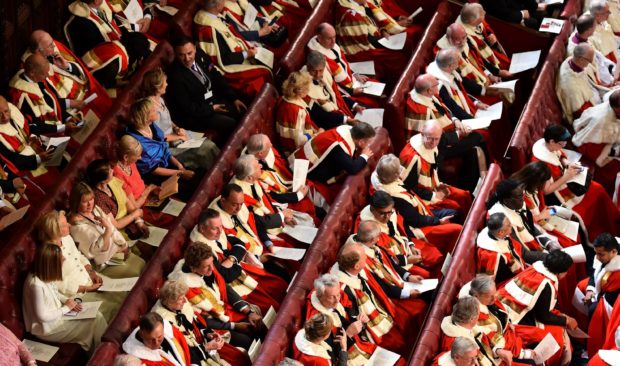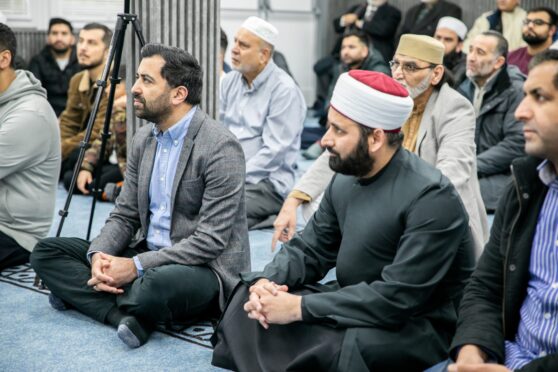A House of Lords by-election involving just three voters cost taxpayers £300.
Officials used independent company Electoral Reform Services (ERS) to organise and supervise the contest among Liberal Democrat hereditary peers, which saw Viscount Thurso elected to the Lords.
The former MP secured the votes of all three peers entitled to vote, with ERS confirming no postal votes were required as they all voted in person.
ERS charged £950 plus VAT on four occasions in 2015 for its work in four larger hereditary peer by-elections.
The Lib Dem by-election was triggered by the death of Lord Avebury.
Lord Thurso, an MP until May 2015, was previously a member of the Lords between 1995 and 1999 before losing his seat when most hereditary members were axed by the Labour Party’s reforms.
Reforms to the Lords left just 92 hereditary peers in place. Since then vacancies arising from the death of members have been filled through a series of by-elections.
Lord Laming, chairman of committees in the Lords, in response to a written parliament question from Labour peer Lord Grocott, said: “The total cost to the House of Lords for the services provided by Electoral Reform Services in respect of the recent Liberal Democrat hereditary peers’ by-election was £300. This includes VAT at 20%.
“As with other by-elections, there was one fee for all services provided. There was no separate fee for the cost of ERS supervising and conducting the count.
“When the need for a by-election arises ERS are engaged to administer and supervise the by-election and provide assurance that it conforms to good electoral practice.
ERS deputy chief executive Simon Hearn said the company offers assistance in a range of ways, including creating and printing ballot papers, postal votes, and sending staff to oversee the counts plus provide training to Lords officials.
He said: “It’s consultancy and reassurance services provided. Sometimes they are large projects – you can get one involving 800 peers – it really varies a lot.”
Asked about the vote involving three peers, Mr Hearn said: “It’s a quicker and cheaper process for the House of Lords. We have all the artwork for ballot papers and produce that.
“The three voter by-election sticks out as a figure but it’s usually a similar amount of work for the services we are doing – it’s producing the material, advice, checking, proof-reading of anything that’s going out to the peers that want to vote.
“We have staff present on the day (of the vote). We always have a minimum of two, sometimes more depending on the type of voting.
“We went down to the Lords to oversee it.”
Mr Hearn added the principles behind organising an election remained the same regardless of the numbers involved.
He said: “Sometimes you get a job that’s big, sometimes it’s smaller but the effort is broadly similar printing 100 ballot papers or three.”
A House of Lords spokesman said ERS has been used since changes to remove all but 92 of the hereditary peers were implemented in 1999.
He said: “The principal reason is to provide an independence and expertise in running elections, which we do not have ourselves.”






